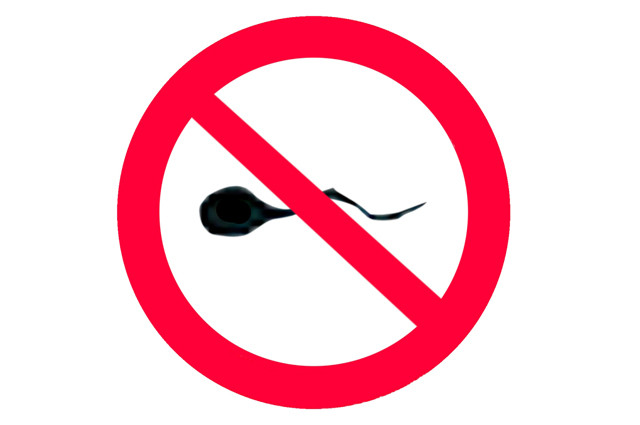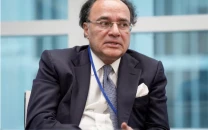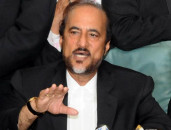Rising awareness: Infertility, the other side
A sharp increase in male infertility drives many to consider their options.

A sharp increase in male infertility drives many to consider their options. PHOTO: FILE
The brawny Rasul Baksh*, 24, in his washed out shalwar kameez, is an unlikely sight at an infertility clinic.
And yet, here he is, at the small and neat Sindh Institute of Reproductive Health, in Karachi’s Malir area. With no qualms, he has come to collect his semen analysis report.
Rasul is accompanied by wife, his companion in a two-year-long childless marriage. After multiple visits to doctors and quacks offering pricey ‘miracle’ pills, he is finally at the five-year-old centre established by renowned gynaecologist Dr Shershah Syed and his sister Dr Shahnaz Zafar.

As one of the many men in Pakistan – a growing number – classified as ‘sub-fertile’, Rasul wants answers. He wants solutions.
It takes two
According to Dr Lubna Durrani, a gynaecologist and infertility specialist at the centre, around 10 to 15 per cent of the male population is sub-fertile. Jarringly, the number of cases where men alone are responsible for childlessness has gone up to 30 per cent.
“There is more awareness about infertility and the treatment options among men now,” says Dr Durrani. “Before, it was all blamed on women. But today, male egos have also gone down. We get couples from as far as Iran and Afghanistan for treatment.”
Why the increase?
At the Lahore Institute of Fertility and Endocrinology, andrologist Dr Gulfam Ahmad Baryar, sketches an even more jarring picture. He contends that in his latest unpublished study on 1,700 patients, 39 per cent men were found to be infertile – a staggering increase from the worldwide rate of 20 to 30 per cent.
According to Baryar, global warming and increased environmental pollution is compromising the quality and production of sperm in men.
“The testes function optimally at a temperature of 34.5 degrees Celsius,” he says. Sedentary professions such as driving, tailoring or sitting in front of computers for long hours, are also responsible for the high male factor infertility. Heat-intensive work, including cooking or placing laptops on one’s laps, using endocrine-disrupting chemicals such as drugs, smoking, pan, gutka and alcohol, and the non-treatment of urinary tract or reproductive system infections, are all contributing to the high male factor.
“Mental stress arising out of social and economic issues is also leading to diminished male sexual desire and affecting fertility,” he explains. “Furthermore, infertility is hereditary, too.’
If anything positive can be taken away from the high numbers, it is that more cases are now being documented, indicating that men, even from remote areas, are increasingly heading for infertility treatments.
Of options
Earning just over Rs20,000 from his job at a cattle farm in Bhains Colony, Rasul doesn’t yet seem concerned about the expensive infertility treatment he may be recommended. Even more astonishingly, he is not uptight about his test results, either. He was told at the collection desk that his sperm count was low and slow, but he knows he has options.
If the patient does not indicate any major reproductive malfunction, he is usually prescribed a combination of multivitamins and anti-oxidants, such as zinc, vitamin E, Arginine, L-carnitine, coenzyme Q10 that kill toxins accumulated in his body responsible for compromised sperm quality and quantity. Medicines to cure urinary tract or reproductive system infections can also be administered.
If sperm count is mildly inadequate, a process called Intra-uterine Insemination is used. Costing approximately Rs15,000 to Rs20,000, this procedure involves taking a sample of semen, collecting and preparing good-quality sperms and inserting them directly in the female’s uterus using a catheter.
However, if the sperm analysis indicates moderate to severe problems, Intra-Cytoplasmic Sperm Injection, costing Rs250,000 to Rs300,000 is recommended. A sperm is directly injected into the extracted female egg using a needle and, once fertilised, the embryo is placed inside the woman’s uterus using an ultrasound-guided catheter.
Patients, however, should bear in mind that the success rate of Assisted Reproductive Treatments is 30 to 35 per cent.
*Name has been changed to protect confidentiality
Published in The Express Tribune, July 22nd, 2013.



















COMMENTS
Comments are moderated and generally will be posted if they are on-topic and not abusive.
For more information, please see our Comments FAQ